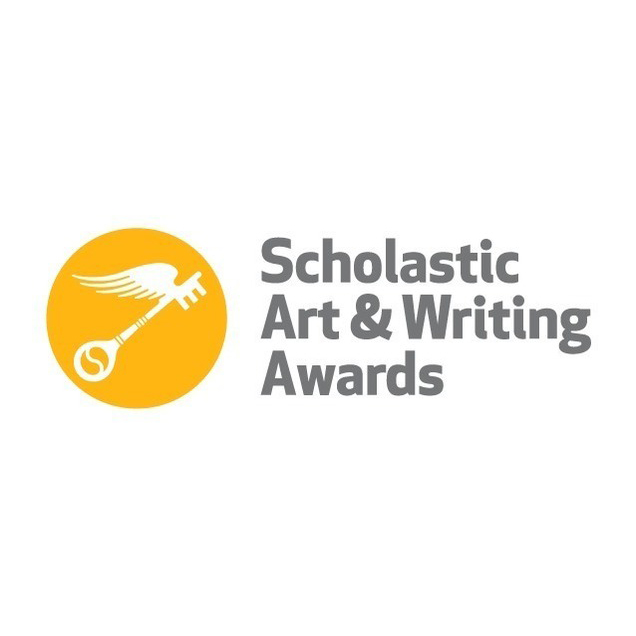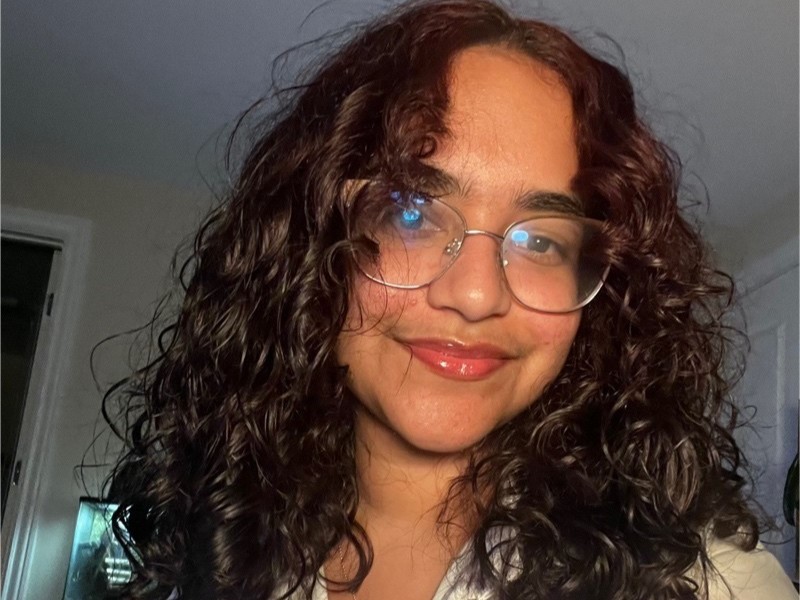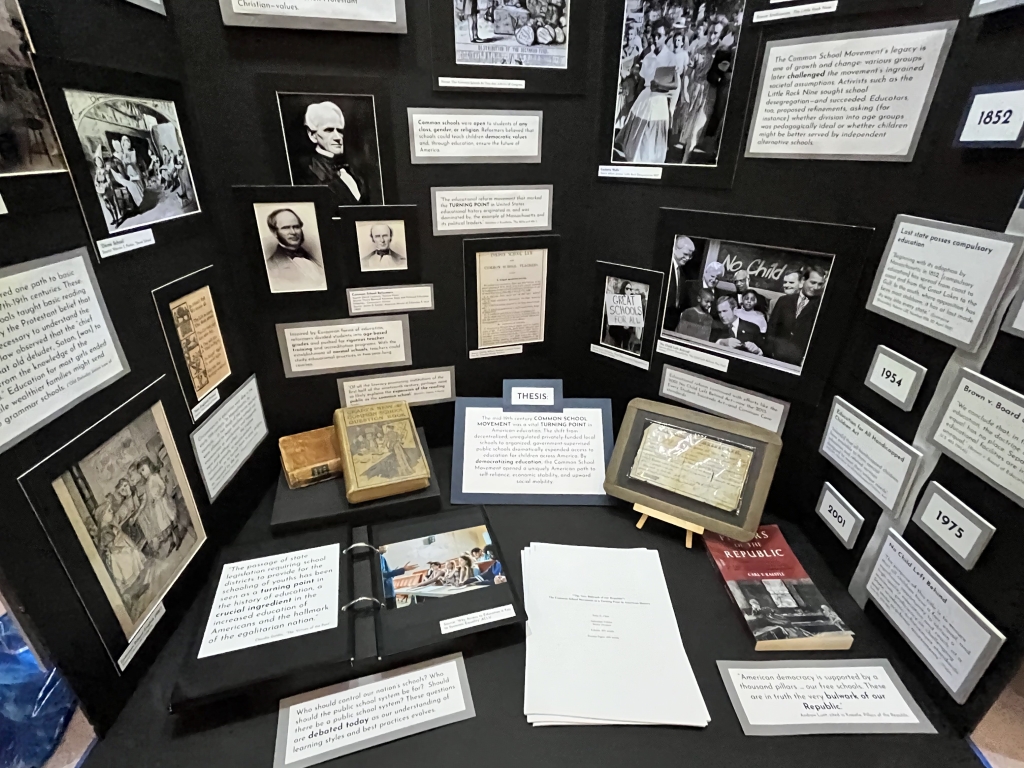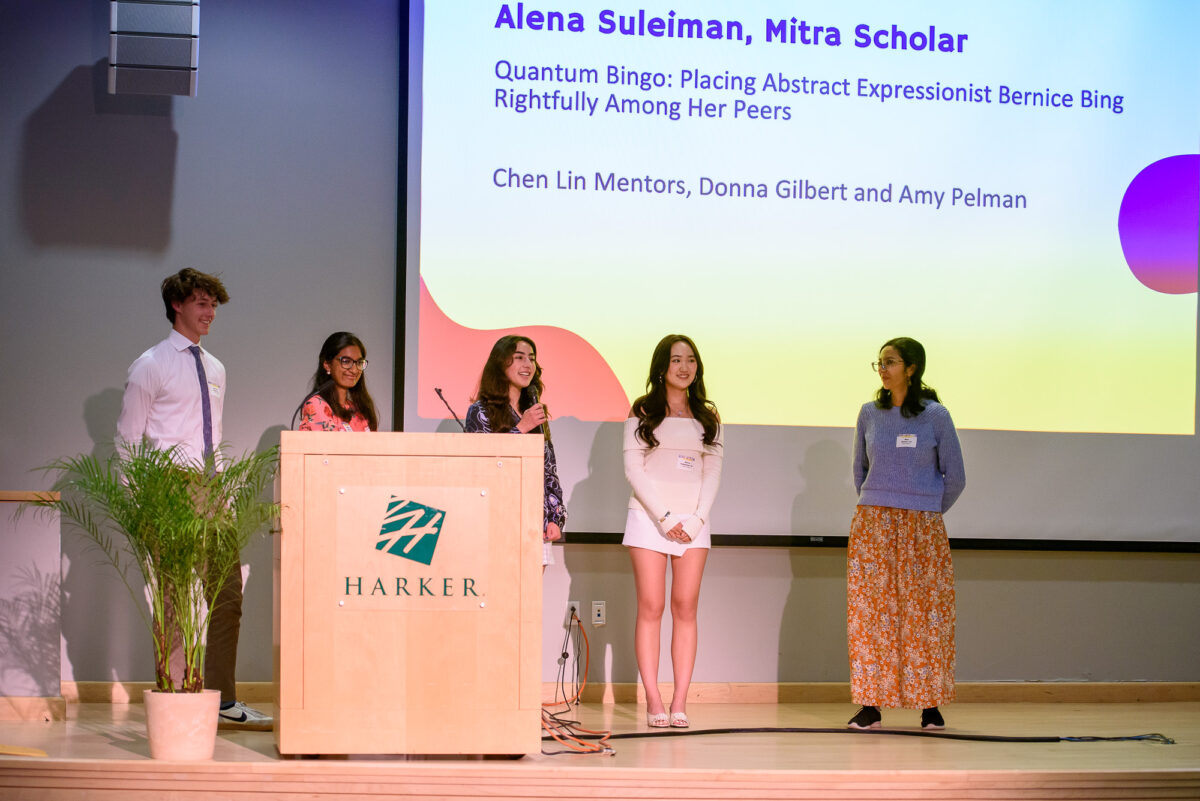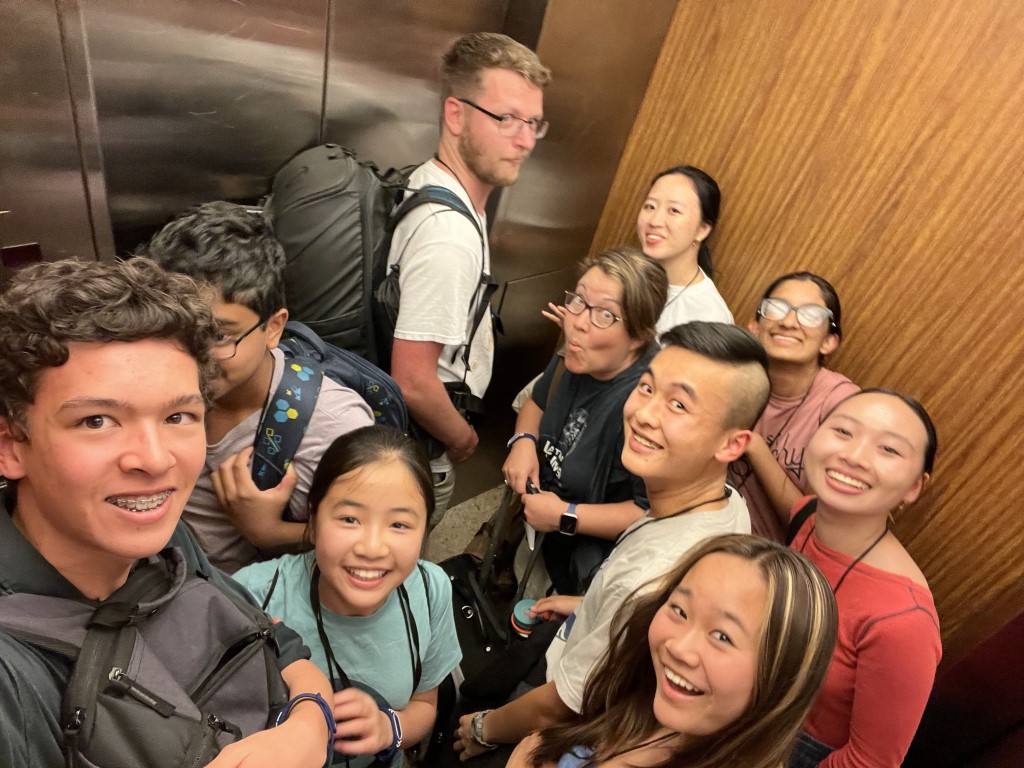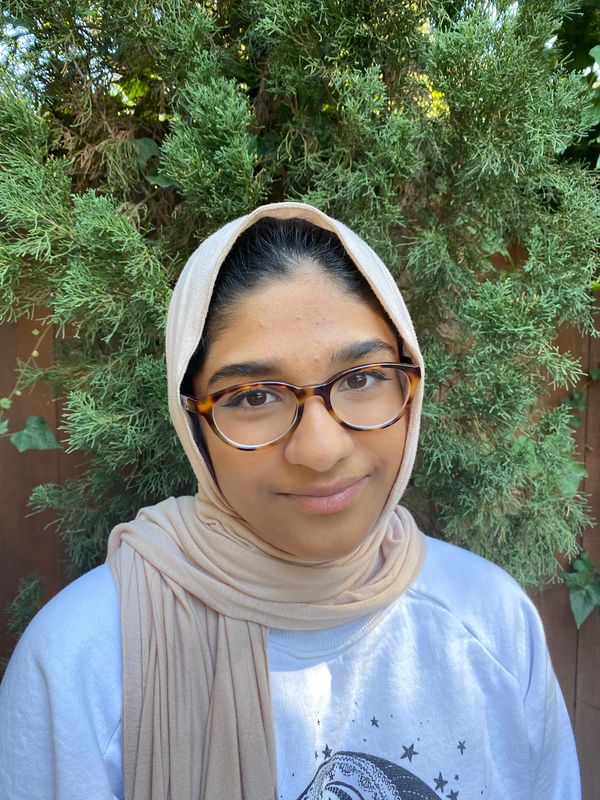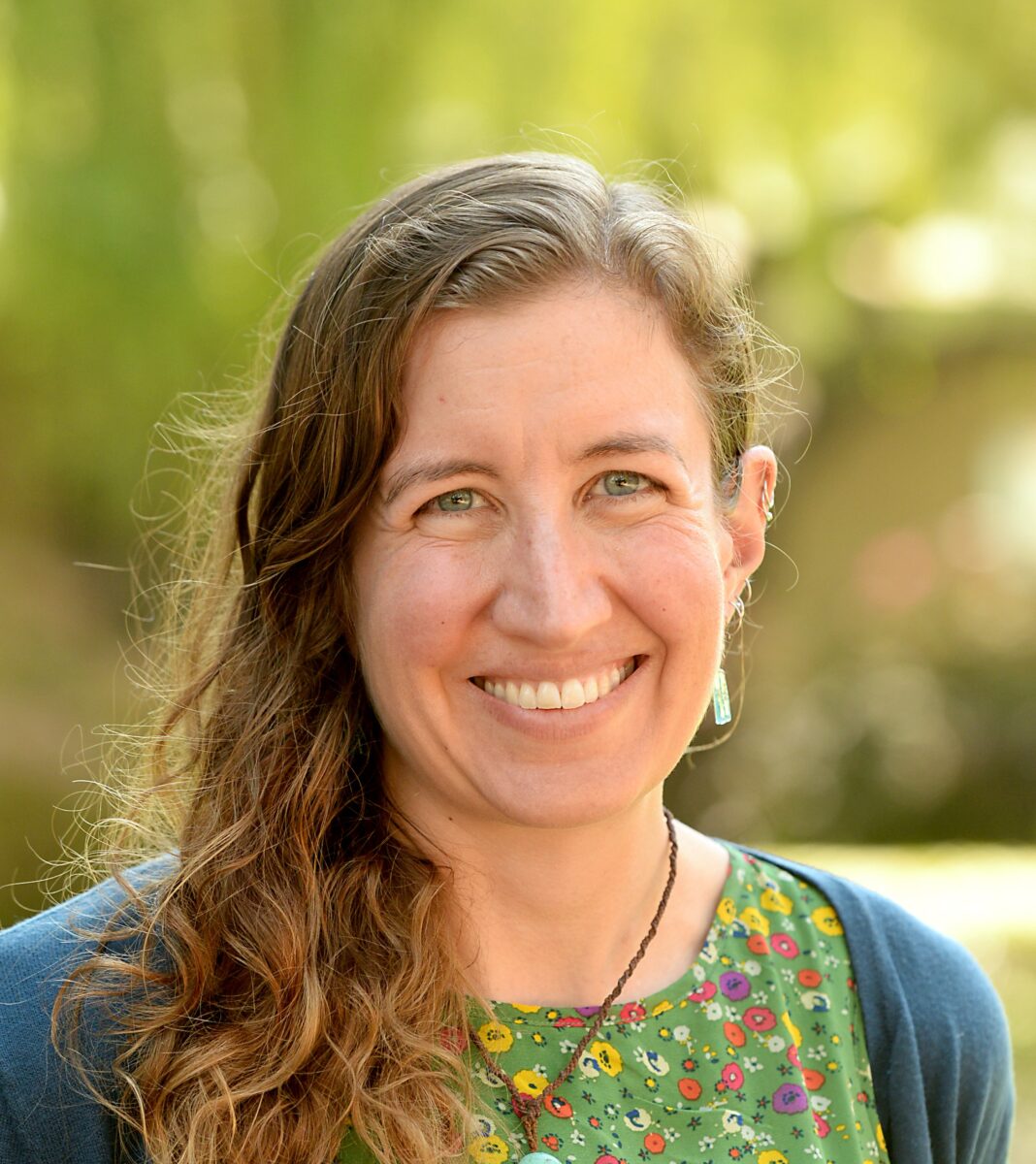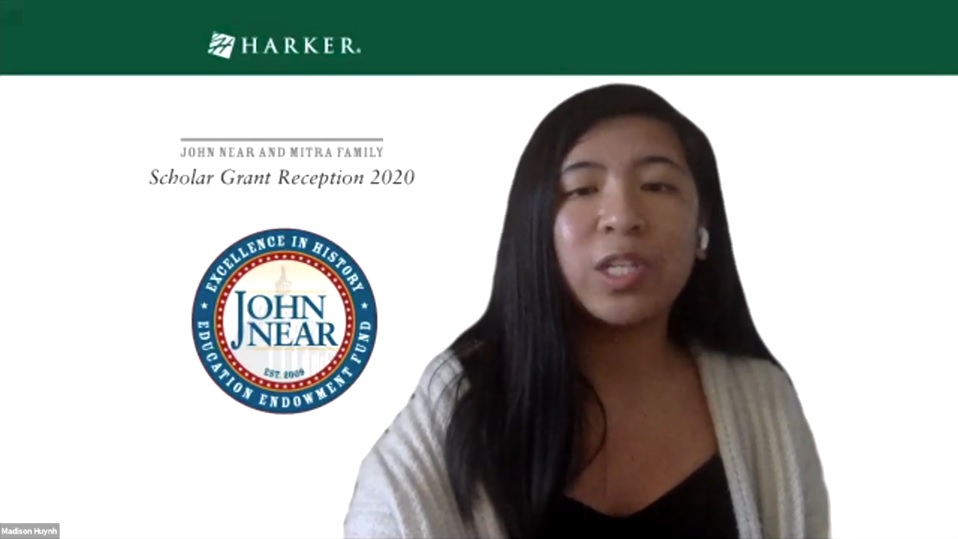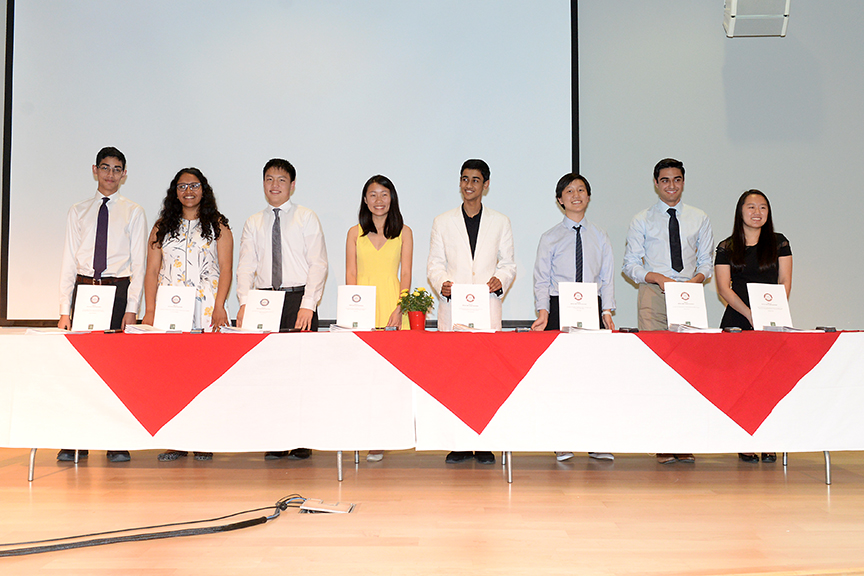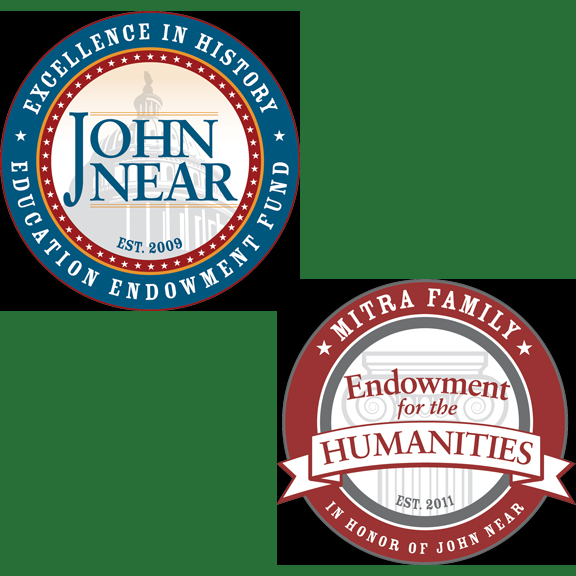Harker students won a record 286 regional awards (112 for art and 174 for writing) in the 2025 Scholastic Art & Writing Contest, organized by the Alliance for Young Artists & Writers.
tophumanities
Senior named finalist for Alameda County Youth Poet Laureate
Last week, senior Fern Biswas was named a finalist in the search for the Alameda County Youth Poet Laureate.
Two students receive accolades in National History Day competition
Last month, two Harker students received accolades at the regional National History Day competition in Sacramento.
2023-24 Near-Mitra scholars celebrated at special event and reception
On April 23, this year’s student scholars in the John Near and Mitra Family Scholar Grant Program were honored at a special event held at Nichols Hall.
Middle and upper school students take top spots at NJCL Convention
In late July, 12 Harker upper and middle school students attended the National Junior Classical League Convention, held this year at Emory University in Atlanta.
Sarah Mohammed, rising junior, named National Student Poet
English teacher named Poet Laureate of Los Gatos
In late March, upper school English teacher Jennifer Siraganian was named the next Poet Laureate of Los Gatos.
Reception honors 2019-20 Near/Mitra scholars
Endowment scholars wrap up year of exploration at lovely reception
This year’s John Near and Mitra Family endowment scholars were honored at a reception in the Nichols Hall auditorium, celebrating the completion of their intensive research and writing projects.
Mitra and Near endowment awardees for humanities research papers announced
Harker is pleased to announce its 2018-19 endowment awardees; each student will receive a grant to help them in their yearlong effort producing a research paper on a humanities subject.
